
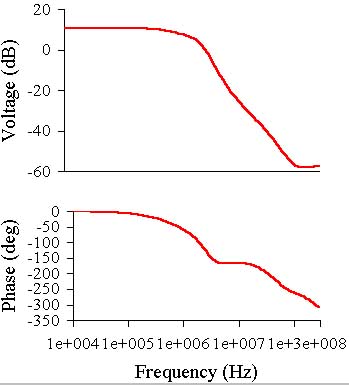
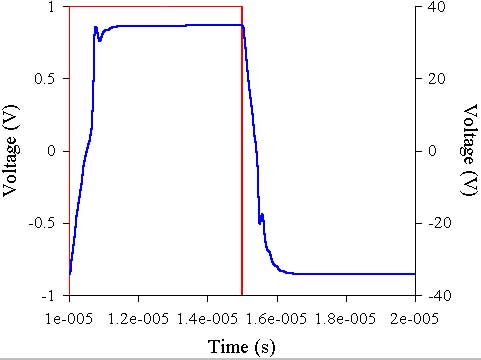


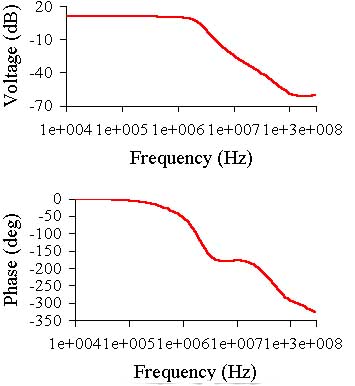
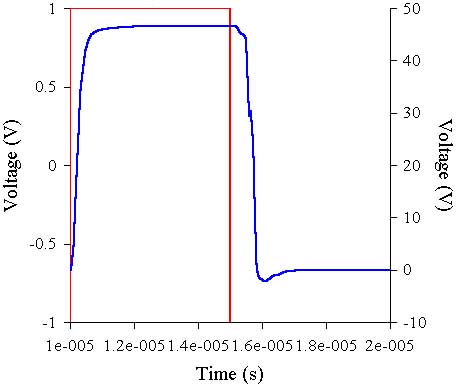
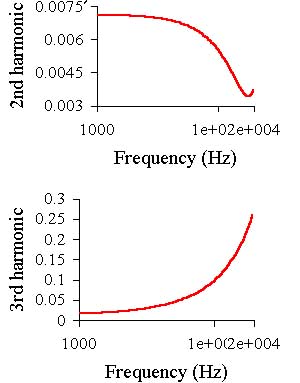
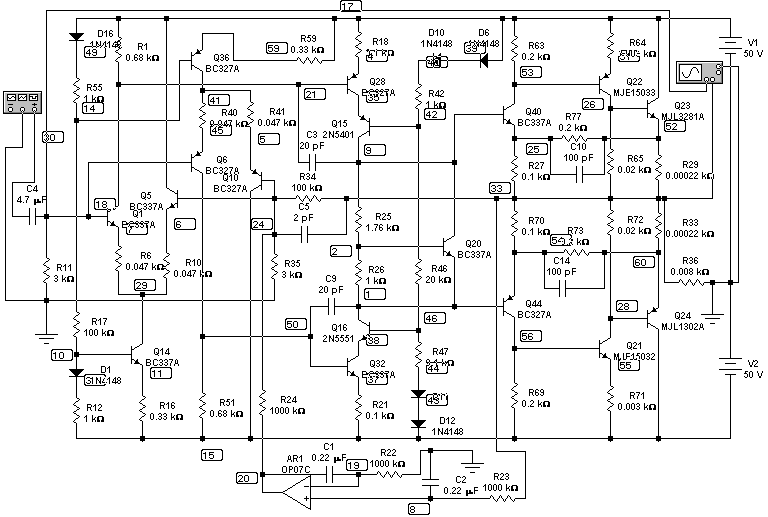

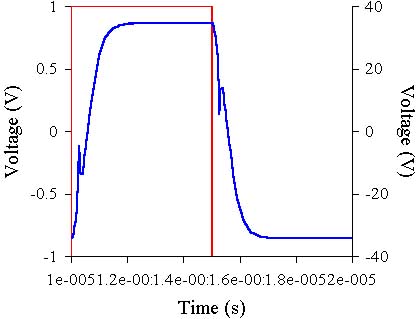
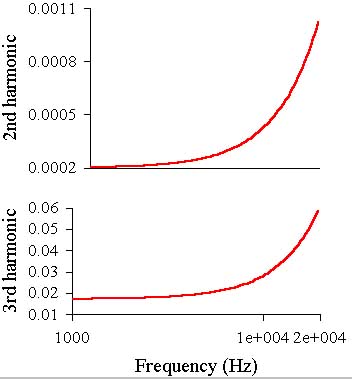
| Name | F=1 kHz | F=20 kHz | ||
| Power 1.5 Âò | Power 72 Âò | Power 1.5 Âò | Power 72 Âò | |
| Schematics with a bootstrap | 1.25 | 32.6 | - | - |
| Amplifier with current source voltage amplifier stage | 0.022 | 0.14 | 0.034 | 0.28 |
| 0.011 | 0.042 | 0.010 | 0.10 | |
| Amp with emitter-follower in the second stage | 0.017 | 0.0097 | 0.0398 | 0.22 |
| Amp with cascode in the second stage | 0.0089 | 0.013 | 0.069 | 0.25 |
| Amp with cascodes both stages | 0.029 | 0.019 | 0.054 | 0.41 |
| Symmetrical scheme with resistive first stage load and cascode second stage | 0.0046 | 0.014 | 0.071 | 0.15 |
| Symmetrical amp with cascodes in both stages | 0.065 | 0.038 | 0.011 | 0.24 |
| The three stage voltage amplifier amp | 0.096 | 0.0017 | 0.033 | 0.31 |